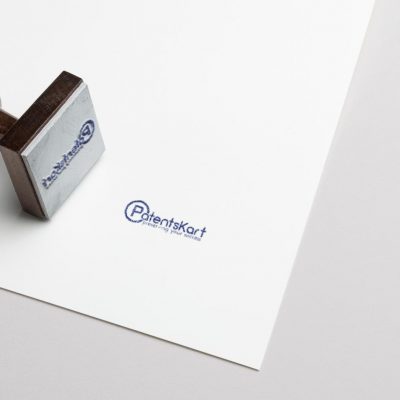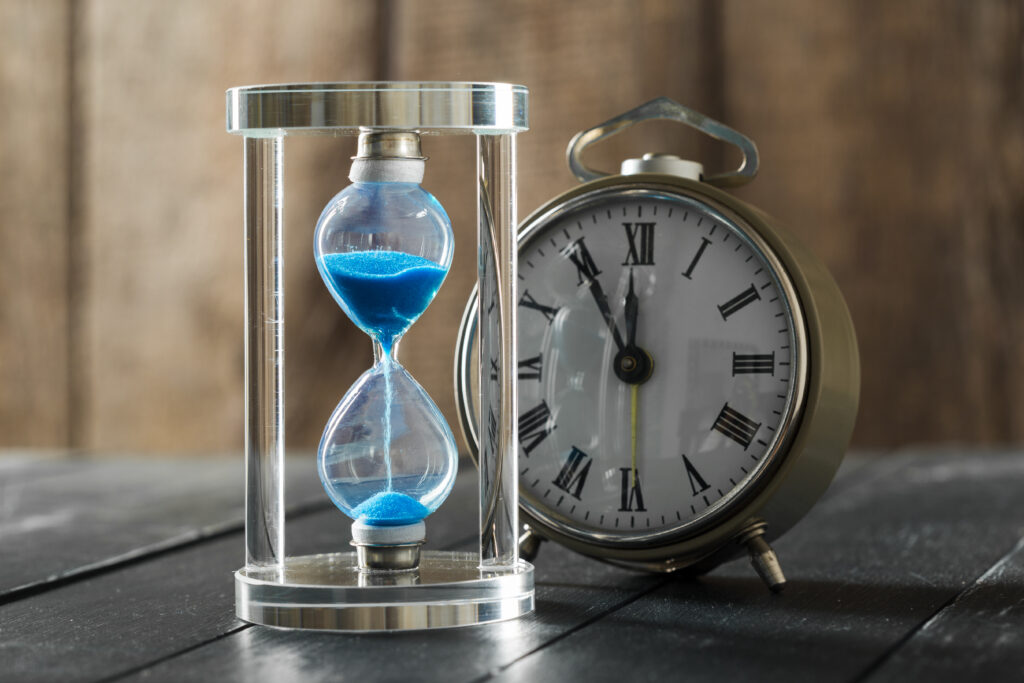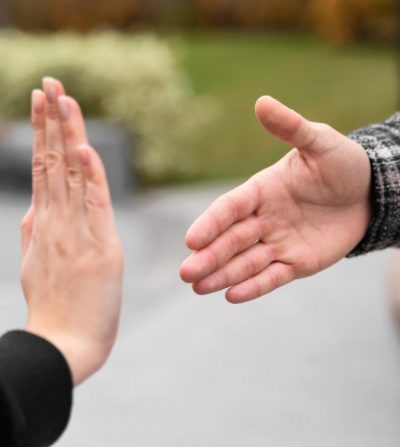Discover illegal use of your patented invention

Extensive mining of technical literature

Monetization focus

5 days turn around time

Leverage diverse industry experience

Our Patent Infringement Search team is on a mission to identify potential infringers and investigate their products for patent infringement. The group looks out for companies operating in related technologies, analyzing documents such as whitepapers or product datasheets to find relevant materials before gathering evidence of misconduct through claim charts that include infringing results from our proprietary databases.
Further, Your patent attorney can provide valuable guidance about your rights, how you should negotiate legal or law agreements and what changes should be made for a successful grant. A lawyer with this knowledge also has advice on other options like invalidating the patented invention or waiting until infringing patents expire, which will save money in legal fees if taken before they are infringed upon.

Infringement Analysis Infringement analysis identifies third-party products that read onto your most robust patents.bIt helps to look out for potential infringers or organizations operating in a homogeneous technology area and analyze their products with regard to the claims of your Patent. We dig deep into documents such as whitepapers, product datasheets, standards, videos, etc., to identify relevant products/standards and prepare claim charts as evidence for infringement so you can be free from all the burden.
Detailed claim charts to cite evidence for an infringement We help you make that critical decision about Patent licensing, acquisition or sale, by carefully analyzing the patent claims, followed by a detailed analysis of relevant products for infringement. We prepare clear Evidence of Use (EU) claim charts to indicate how each patent claim element reads onto the product features with element-to-element mapping.
Our technology experts will carefully analyze articles regarding your IP portfolio and evaluate different technologies to recognize patents worth having the license. These could be underperforming patents that are not aligned to your core technology. Accordingly, we locate potential licensees best suited for driving negotiations, and you can be free from all the worries. We work for you and your team to strategize patent acquisitions and cross-license opportunities. We will evaluate your business SWOT analysis to identify which technologies and patents are the best fit to strengthen your current portfolio.


Patent owner wants to identify the parties that are potentially violating the owner 2019 patent rights: In this scenario, the patent owner is interested in identifying the companies that are active in the market with products infringing owner 2019s products. Once the potential infringing products/parties are identified, they would be asked to license product owner 2019 technology, or sued to stop them from exploiting the owner 2019 patented invention”
Attorney involved in a patent litigation wants to understand the level of infringement, if any, to assess the damages: In a patent litigation, parties arguing about potential infringement are very interested in estimating the damages associated with the infringement. In such scenarios, attorneys representing both the plaintiff and the defendant may get infringement analyses done separately to check the level of infringement to support their arguments, and to assess damages from their perspective. Company releasing a product wants to understand if there is any potential infringement on active patents: Companies typically get a freedom to operate (FTO) analysis done prior to launching a product in the market. In assessing FTO, professionals analyze the relevant patents for any infringement.

we will answer your questions, scope your project and discuss your potential fit in style.
A patent gives the right to manufacture, import into a country, and sell their invention. They also have patents on anything that can be patented, including processes or products, so this virtually means anyone who infringes one of these terms would be committing trademark infringement, too for which there are laws in place regarding damages ranging anywhere from $200 up until millions depending upon how much money was made off selling infringing goods as opposed to creating new ones with your own unique design idea.
In response to allegations of Infringement, an infringing party will generally assert one or more of the following:
There are several different types of patent infringement, including direct and vicarious infringements.

Someone makes the product without the patent holder’s permission. The infringer doesn’t have to understand that the patent exists for the patent owner to charge them for direct infringement. That person can’t make, sell, use, offer, or import a patented invention whether or not they know a patent exists.

The patent holder is often not the first person to come up with an invention, but they are responsible for innovating and designing it. The infringer may have inspired or helped in violation of this law by encouraging others around them who were also infringing on their patents without permission from either party involved.

Intentional or willful infringement means that another person or company intentionally used someone else’s patented visions or products. A straightforward way to discredit willful infringement is to hire a patent attorney, who probably will inform their client if the violation is about to happen.

Suppose you can verify the patentee purposefully deceived the PTO during the application for the patent. In that case, the patent could be found to be unenforceable. Unenforceable patents are nullified of all the lawsuits in the patent, whereas a patent may still be permitted if it has one or more cases still good. This justification would be straightforward and practical

You can demand to have the patent reviewed by the Patent Trial and Appeal Board, and if they declare it null, this shows that you cannot have infringed upon it. Using Quality Insights, you can get an introductory analysis of how high your probabilities of invalid patent claims are. This is done by examining the prior art, patent strength, and other details regarding that distinct patent.

To confirm literal infringement in court, all aspects of a defendant’s device or view must be present in the patented one.

This refers to influencing or convincing someone to make a patented creation.

Someone provides a part of a product to help someone else violate a patent. That part must not have any other valid use.
Defenses against and remedies for patent infringement

You can claim that your product or process is not infringing for experimental purposes. This is most seen in scientific investigation or the pharmaceutical industry.

If the topic matter (either a process, machine, manufacture, etc.) is confirmed to be (1) already in commercial use or on sale (2) 1 year before the patent practical filing date or exposure date, you may be suitable for this exception.
The best way to avoid patent infringement is by understanding what you’re doing. If a company files for patents, it will cover all aspects of that particular process and any other person using those ideas would be infringing on the original inventor’s rights if they were not officially licensed with them beforehand.
Conduct a Freedom-To-Operate search, either through Patent Search, Design Search, or with the help of patent attorneys.
Note the defense range of your patent. Is your patent guarded in the countries of your targeted markets? Or is it protected in countries where a possible violation will occur?
Pursue legal consultation. An experienced patent attorney or advisor will be essential in interpreting and forecasting likely patent infringement risks.

Any unauthorized use of someone’s property without seeking their permission is known as Infringement. Patent Infringement search ( Patent Search) identifies third-party products that read onto your most vital patents. We look out for potential infringers and companies operating in a similar technology domain then analyze their products concerning the claims of your patent.
Intellectual Property rights mainly have four types of infringements:
Design infringement
The registered holder ( patented invention ) who has the right over invention/mark can sue for an infringement.
To know who is using your mark or similar mark, you should conduct an infringement search over databases. For this, you must approach a Researcher\\/Analyst who can perform an IP search for your mark invention work.
Costs include court filing fees and related litigation expenses. In addition to infringement damages, a patent owner may stop the infringer from producing infringing products.
Patent infringement is not a crime, so there are no criminal penalties.
It is a civil matter, and one of the reasons why patent infringement is so common is because the civil penalties are not severe. For example, if a patent owner sues a manufacturer for patent infringement and wins, the redress awarded by the court is defined by law as “reasonable royalties. ” In other words, what the patent owner is entitled to be the royalty he would have charged the manufacturer of the infringing product had the manufacturer licensed the patent in the first place.
You can avoid Patent Infringement when selling your providing by doing the following things:
Unless the patent recites claimed subject matter in terms of the result, the focus of claims analysis would be on the elements of the claim, not so much on what results might be obtained when using the claimed subject matter.
Also, patent infringement is distinct from patentability. Patent infringement is a question answered by comparing the proposed product to a patent of another. Patentability is a question answered by comparing the proposed development to the prior art. Thus, a proposed product can be patentable and infringe on a patent of another.
United States-13521, 58th St. SE Snohomish, WA – 98290, USA
INDIA - PatentsKart B1, Netsmartz House, IT Park, Chandigarh - 160101
Copyright © 2024 Patentskart. All rights reserved